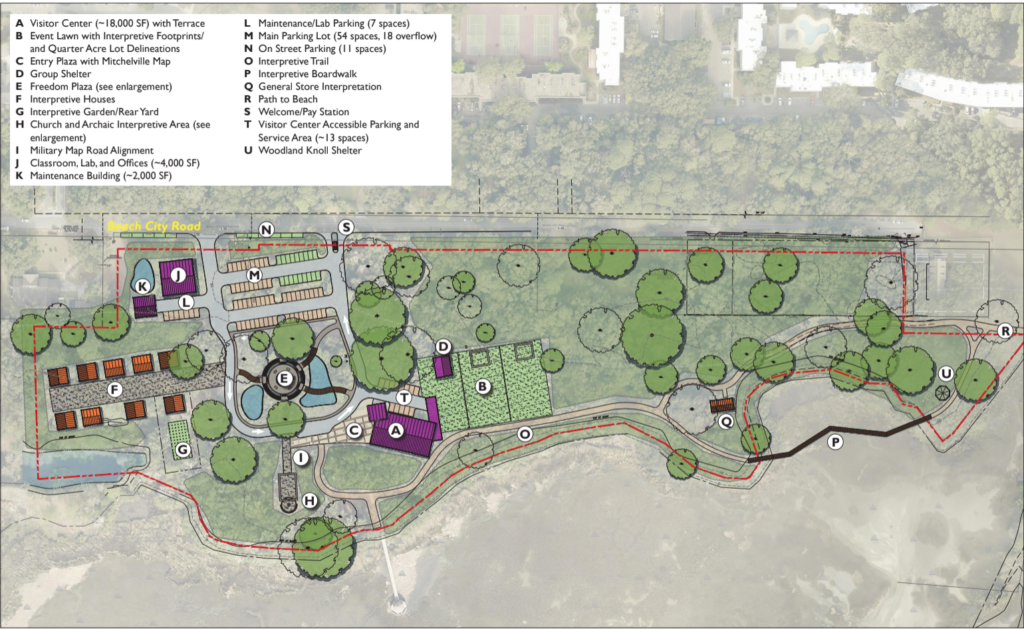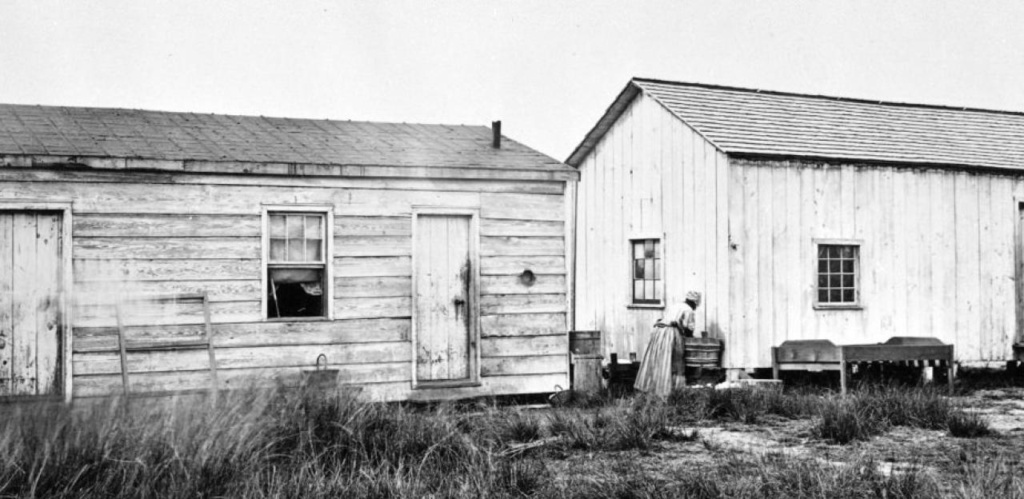Shortcodes
Video
Gallery
Audio
Progress Bar
Audioguide
80%
Photography
76%
Restaurant and Cafe
92%
Counters
0Oil Paintings0Knight Armour0Royal Jewels0Faberge Egg0Folk Costume
0Oil Paintings0Knight Armour0Royal Jewels0Faberge Egg
Faq
When is the Museum open?
Aenean massa. Cum sociis natoque penatibus et magnis dis parturient montes, nascetur ridiculus mus. Donec quam felis Cum sociis natoque penatibus et magnis dis parturient.
How much is admission to the Museum?
Aenean massa. Cum sociis natoque penatibus et magnis dis parturient montes, nascetur ridiculus mus. Donec quam felis Cum sociis natoque penatibus et magnis dis parturient.
Can anyone bypass the Admissions line?
Aenean massa. Cum sociis natoque penatibus et magnis dis parturient montes, nascetur ridiculus mus. Donec quam felis Cum sociis natoque penatibus et magnis dis parturient.
Do I have to pay the full price for admission?
Aenean massa. Cum sociis natoque penatibus et magnis dis parturient montes, nascetur ridiculus mus. Donec quam felis Cum sociis natoque penatibus et magnis dis parturient.
Is there a time when admission reduced?
Aenean massa. Cum sociis natoque penatibus et magnis dis parturient montes, nascetur ridiculus mus. Donec quam felis Cum sociis natoque penatibus et magnis dis parturient.
When is the Museum Shop open?
Aenean massa. Cum sociis natoque penatibus et magnis dis parturient montes, nascetur ridiculus mus. Donec quam felis Cum sociis natoque penatibus et magnis dis parturient.
Map
Sorry,You have not added any story yet
With no other site serving as such a template or illuminating the authentic story of the place where freedom began for America’s Black citizens, Historic Mitchelville is uniquely positioned to broaden the awareness and recognition of its rich story. Actions to do so began more than three years ago under…
Read More
Much of the land for Mitchelville was purchased by March Gardner and managed by his son, Gabriel. Due to lawsuits and a series of land purchases, the land that was once Mitchelville was sold to the Hilton Head Company in 1950. Mitchelville was placed on the National Register of Historic…
Read More
Much of the land for Mitchelville was purchased by March Gardner and managed by his son, Gabriel. Due to lawsuits and a series of land purchases, the land that was once Mitchelville was sold to the Hilton Head Company in 1950. Mitchelville was placed on the National Register of Historic…
Read More
On the night of August 27, 1893, a major hurricane, the largest and most powerful to hit South Carolina until that time, made landfall just east of Savannah, GA, with maximum sustained winds of 120mph and a storm surge as high as 12 ft. Hilton Head Island and Mitchelville bore…
Read More
The Drayton Plantation (on which Mitchelville was located) was returned to the heirs of its former owner in April 1875, with the federal government deed failing to provide any protection for Mitchelville. The Drayton heirs, however, were not interested in planting the lands and began to sell it off to…
Read More
With the end of the Civil War, the Union Army began to leave the island, which led to scores of freedmen leaving too, either following the Army for jobs, moving on to reclaimed plantations for wage jobs, or moving further inland. At the same time, the schools began to close,…
Read More
Following Lincoln’s assassination, President Andrew Johnson repealed a special order which distributed abandoned land to the formerly enslaved. This caused a great upheaval in areas surrounding Hilton Head, as planters came back to reclaim their property and labor contracts were now necessary for freedmen to continue farming on the once-abandoned…
Read More
On April 9, 1865, the Civil War ended with the surrender of the Confederate army at Appomattox Courthouse, Virginia and almost immediately, celebrations all over Hilton Head erupted. By this point, Mitchelville’s prominence as the first black freedman’s town afforded visitors from dignitaries far and wide, including Harriet Tubman (who…
Read More
As the first self-governed town for the formerly enslaved, Mitchelville, named posthumously after its founder, General Ormsby Mitchel, was a fully functioning town with a mayor, councilmen, a treasurer and other officers, who all oversaw every aspect of Mitchelville, from town disputes to sanitary regulations. The town of Mitchelville also…
Read More
Union Army Major General Ormsby Mitchel arrived in HHI to replace General Hunter (who went on leave) and assumed command. Once he saw the living conditions of the formerly enslaved “contraband” in the refugee barracks, he directed a new “negro village” near Drayton Plantation to be built by and for…
Read More
With no other site serving as such a template or illuminating the authentic story of the place where freedom began for America’s Black citizens, Historic Mitchelville is uniquely positioned to broaden the awareness and recognition of its rich story. Actions to do so began more than three years ago under…
Read More
Much of the land for Mitchelville was purchased by March Gardner and managed by his son, Gabriel. Due to lawsuits and a series of land purchases, the land that was once Mitchelville was sold to the Hilton Head Company in 1950. Mitchelville was placed on the National Register of Historic…
Read More
Much of the land for Mitchelville was purchased by March Gardner and managed by his son, Gabriel. Due to lawsuits and a series of land purchases, the land that was once Mitchelville was sold to the Hilton Head Company in 1950. Mitchelville was placed on the National Register of Historic…
Read More
On the night of August 27, 1893, a major hurricane, the largest and most powerful to hit South Carolina until that time, made landfall just east of Savannah, GA, with maximum sustained winds of 120mph and a storm surge as high as 12 ft. Hilton Head Island and Mitchelville bore…
Read More
The Drayton Plantation (on which Mitchelville was located) was returned to the heirs of its former owner in April 1875, with the federal government deed failing to provide any protection for Mitchelville. The Drayton heirs, however, were not interested in planting the lands and began to sell it off to…
Read More
With the end of the Civil War, the Union Army began to leave the island, which led to scores of freedmen leaving too, either following the Army for jobs, moving on to reclaimed plantations for wage jobs, or moving further inland. At the same time, the schools began to close,…
Read More
Following Lincoln’s assassination, President Andrew Johnson repealed a special order which distributed abandoned land to the formerly enslaved. This caused a great upheaval in areas surrounding Hilton Head, as planters came back to reclaim their property and labor contracts were now necessary for freedmen to continue farming on the once-abandoned…
Read More
On April 9, 1865, the Civil War ended with the surrender of the Confederate army at Appomattox Courthouse, Virginia and almost immediately, celebrations all over Hilton Head erupted. By this point, Mitchelville’s prominence as the first black freedman’s town afforded visitors from dignitaries far and wide, including Harriet Tubman (who…
Read More
As the first self-governed town for the formerly enslaved, Mitchelville, named posthumously after its founder, General Ormsby Mitchel, was a fully functioning town with a mayor, councilmen, a treasurer and other officers, who all oversaw every aspect of Mitchelville, from town disputes to sanitary regulations. The town of Mitchelville also…
Read More
Union Army Major General Ormsby Mitchel arrived in HHI to replace General Hunter (who went on leave) and assumed command. Once he saw the living conditions of the formerly enslaved “contraband” in the refugee barracks, he directed a new “negro village” near Drayton Plantation to be built by and for…
Read More
With no other site serving as such a template or illuminating the authentic story of the place where freedom began for America’s Black citizens, Historic Mitchelville is uniquely positioned to broaden the awareness and recognition of its rich story. Actions to do so began more than three years ago under…
Read More
Much of the land for Mitchelville was purchased by March Gardner and managed by his son, Gabriel. Due to lawsuits and a series of land purchases, the land that was once Mitchelville was sold to the Hilton Head Company in 1950. Mitchelville was placed on the National Register of Historic…
Read More
Much of the land for Mitchelville was purchased by March Gardner and managed by his son, Gabriel. Due to lawsuits and a series of land purchases, the land that was once Mitchelville was sold to the Hilton Head Company in 1950. Mitchelville was placed on the National Register of Historic…
Read More
On the night of August 27, 1893, a major hurricane, the largest and most powerful to hit South Carolina until that time, made landfall just east of Savannah, GA, with maximum sustained winds of 120mph and a storm surge as high as 12 ft. Hilton Head Island and Mitchelville bore…
Read More
The Drayton Plantation (on which Mitchelville was located) was returned to the heirs of its former owner in April 1875, with the federal government deed failing to provide any protection for Mitchelville. The Drayton heirs, however, were not interested in planting the lands and began to sell it off to…
Read More
With the end of the Civil War, the Union Army began to leave the island, which led to scores of freedmen leaving too, either following the Army for jobs, moving on to reclaimed plantations for wage jobs, or moving further inland. At the same time, the schools began to close,…
Read More
Following Lincoln’s assassination, President Andrew Johnson repealed a special order which distributed abandoned land to the formerly enslaved. This caused a great upheaval in areas surrounding Hilton Head, as planters came back to reclaim their property and labor contracts were now necessary for freedmen to continue farming on the once-abandoned…
Read More
On April 9, 1865, the Civil War ended with the surrender of the Confederate army at Appomattox Courthouse, Virginia and almost immediately, celebrations all over Hilton Head erupted. By this point, Mitchelville’s prominence as the first black freedman’s town afforded visitors from dignitaries far and wide, including Harriet Tubman (who…
Read More
As the first self-governed town for the formerly enslaved, Mitchelville, named posthumously after its founder, General Ormsby Mitchel, was a fully functioning town with a mayor, councilmen, a treasurer and other officers, who all oversaw every aspect of Mitchelville, from town disputes to sanitary regulations. The town of Mitchelville also…
Read More
Union Army Major General Ormsby Mitchel arrived in HHI to replace General Hunter (who went on leave) and assumed command. Once he saw the living conditions of the formerly enslaved “contraband” in the refugee barracks, he directed a new “negro village” near Drayton Plantation to be built by and for…
Read More










